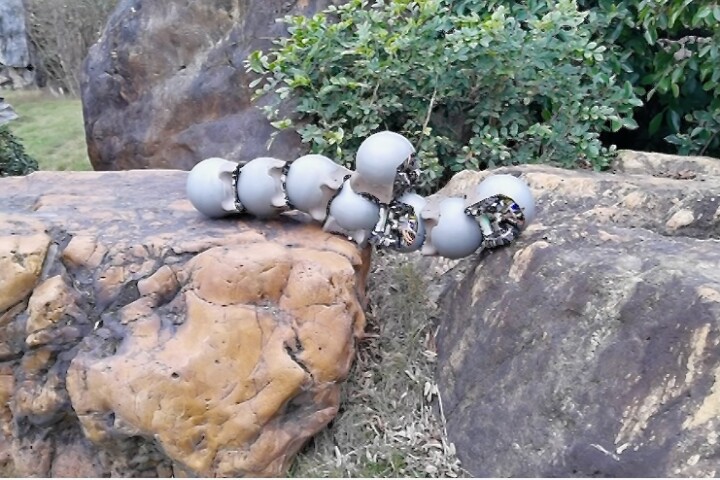We've seen numerous examples of self-healing polymers that allow materials to repair themselves after being damaged. One of the more common approaches involves the use of embedded microcapsules that release a healing agent when damaged. Researchers have expanded on this idea to develop a new technique that brings self-healing capabilities to fiber-reinforced composite materials, like those used in airplanes and automobiles.
The new self-healing system developed by researchers at the Beckman Institute's Autonomous Materials Systems (AMS) Group at the University of Illinois at Urbana-Champaign replaces the microcapsules used in other self-healing technologies with separate microchannels, one filled with an epoxy resin and the other filled with hardener. When the fiber-reinforced composite material is damaged, these 3D vascular networks are ruptured, releasing the two liquid healing agents that mix together and polymerize to repair the material. The researchers say this technique allows materials to autonomously repair multiple times.
"This is the first demonstration of repeated healing in a fiber-reinforced composite system," said Scott White, aerospace engineering professor. "Self-healing has been done before in polymers with different techniques and networks, but they couldn’t be translated to fiber-reinforced composites. The missing link was the development of the vascularization technique."
The researchers found that giving the vascular networks a herringbone arrangement rather than arranging them in straight lines allowed the healing agents to combine more effectively when released within a crack. The overlapping of the microchannels helped promote the mixing of the liquids, both of which have a consistency akin to maple syrup.
"Additionally, creating the vasculature integrates seamlessly with typical manufacturing processes of polymer composites, making it a strong candidate for commercial use,” said Nancy Sottos, materials science and engineering professor.
The vasculature is created using the same process used to construct fiber-composite laminates, which involves weaving and stacking multiple layers of reinforcing fabric that are then co-infused with a binding polymer resin. In the same way, the researchers stitched a line of bio-friendly polymer within the composite. This polymer was dubbed a "sacrificial fiber" because, after the composite was fabricated, it was heated to melt and evaporate the fibers, leaving the hollow microchannels that form the vasculature of the self-healing system.
"The beauty of this self-healing approach is, we don't have to probe the structure and say, this is where the damage occurred and then repair it ourselves,” said Jason Patrick, a Ph.D. candidate in civil engineering. "When a fracture occurs, this ruptures the separate networks of healing agents, automatically releasing them into the crack plane – akin to a bleeding cut. As they come into contact with one another in situ, or within the material, they polymerize to essentially form a structural glue in the damage zone. We tested this over multiple cycles and all cracks healed successfully at nearly 100 percent efficiency."
The team's research is published in the journal Advanced Materials.
Source: Beckman Institute




